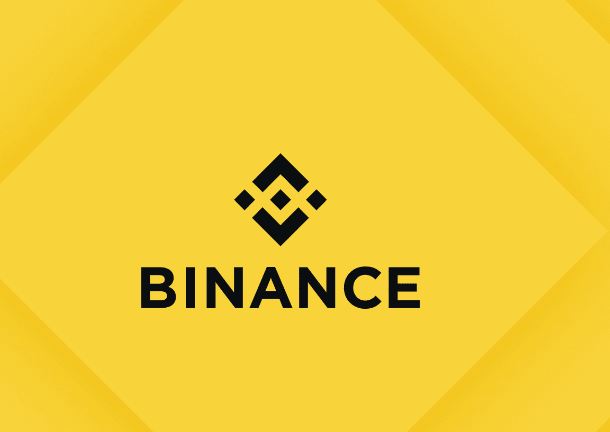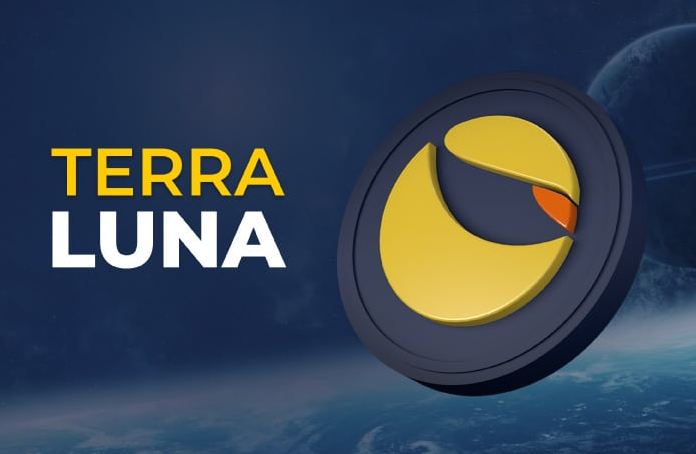Monero (XMR) is a privacy-focused cryptocurrency that was launched in 2014 as a fork of the Bytecoin protocol. Monero uses a unique privacy protocol called “RingCT” that helps to obscure the sender, recipient, and transaction amount for each transaction on the network. This makes it much more difficult to trace transactions and provides a higher degree of privacy and anonymity for users.
Monero is designed to be fungible, meaning that every unit of XMR is considered equal and interchangeable with every other unit, regardless of its transaction history. This is in contrast to other cryptocurrencies like Bitcoin, where certain coins may be considered “tainted” or less valuable due to their association with illicit activity.
Monero is a decentralized cryptocurrency that is secured through a proof-of-work consensus algorithm and can be mined by individuals using standard computer hardware. It has a current market capitalization of over $3 billion, as of my knowledge cutoff in September 2021.
While Monero’s privacy features have made it a popular choice among users who value anonymity and security, it has also faced criticism from some quarters due to concerns about its potential use in illegal activities. It’s important to note that, like any cryptocurrency, investing in Monero can be risky and volatile, and it’s important to carefully evaluate the risks and potential rewards before investing in any digital asset.
Mining Monery XMR Process
Mining Monero (XMR) is the process of verifying transactions and adding new blocks to the Monero blockchain through the use of computational power. Mining is an important part of the Monero network, as it helps to secure the network, process transactions, and distribute new coins to miners as a reward.
Monero uses a proof-of-work (PoW) consensus algorithm called CryptoNight, which is designed to be resistant to specialized mining hardware (ASICs) and to promote a more decentralized network. As a result, mining Monero can be done using standard computer hardware, such as CPUs and GPUs, rather than requiring specialized equipment.
To start mining Monero, you’ll need to download and install a mining software program that is compatible with the CryptoNight algorithm. You’ll also need to join a mining pool, which is a group of miners who work together to mine Monero and share the rewards. Pool mining can be more profitable and efficient than solo mining, especially for individual miners with limited computing power.
It’s important to note that mining Monero, like any cryptocurrency, can be energy-intensive and may require significant computational resources, which can result in high electricity bills and hardware costs. It’s important to carefully evaluate the costs and potential rewards of mining Monero, and to consider factors such as the current network difficulty, block rewards, and mining pool fees, before investing in mining equipment.
Latest Information for Investors and Crypto Enthusiasts
- What is FED and FUD term
- Difference between TradFi and DeFi
- What is TradFi Term Complete Definition
- Tether Stablecoin Tokens Future Prospectives
- What is CEX, Complete Definition
- CryptoPunks NFT is So Popular Why?
- Crypto Currency Expo Dubai 2023
- Decentralized Crypto Currencies
- Terra Luna Classic Crypto Coins
- Best CryptoCurrency Coins Worldwide
- Litecoin Cryptocurrency is better or best
- Polygon Price Rise in 2023
- Ethereum gives a tough competition
- What are top most NFTs


